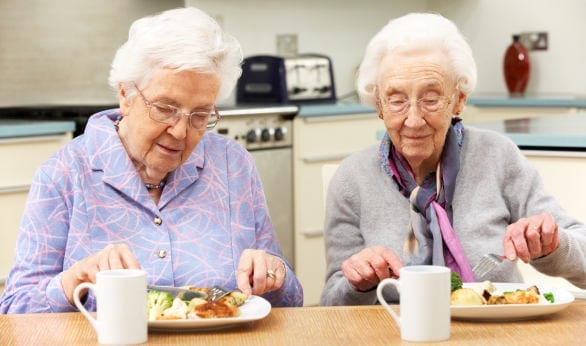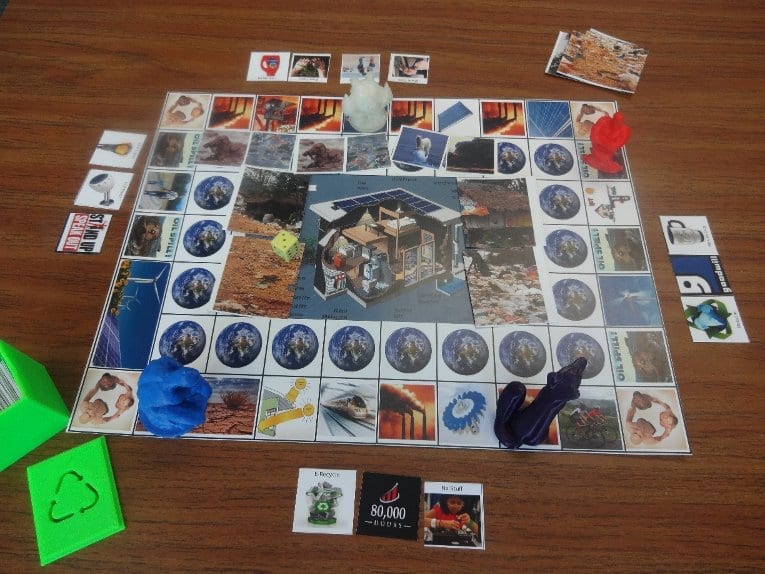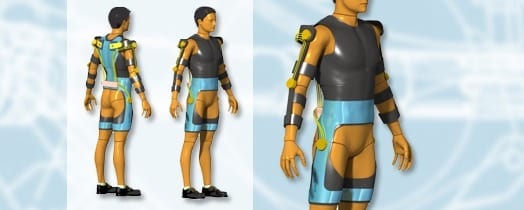
Researchers are now developing personalised food for elderly people with chewing or swallowing problems, by working on printable versions of meat and vegetables
In Europe, the population is ageing. In 2010, about 17% of the population were 65 or older. This number is projected to increase to 30% of the population by 2060. New services are already available to meet their needs. These range from technologies enabling elderly people to live independently to medications, or even diets, adapted to this age group. As part of the EU-funded project PERFORMANCE, due to be completed in 2015, a research consortium is now developing an industrial process for producing personalised food for frail, elderly people, to improve their quality of life.
The trouble is that old people are susceptible to malnutrition. This is particularly true for those having problems to chew or to swallow. In nursing homes, about one fifth of the residents need a special diet, says Matthias Kück, project coordinator and CEO of a food company called Biozoon. “These people often receive unattractive, porridge-like food, seven days a week,” Kück tells youris.com. But “meals are socially important for elderly people,” he adds. The project partners therefore want to prepare “food in such a way, that these people are able to eat safely and even enjoy their meals,” he says. The consortium also works on other aspects of the food supply chain such as packaging and delivery.
A number of residential homes for the elderly in Germany already apply the so-called smooth food concept. “Large industrial food producers mainly use egg or starch to solidify their strained food. But this food all tastes the same,” Kück says. To keep the meal tasty and visually appealing, the researchers apply a heat-stable, plant-based solidifying agent. The chef can reshape this smoothened food with the help of silicon moulds. However, “this approach is not suitable for large canteens or catering services,” Kück points out. “We therefore apply 3D printing technology to industrialise the manufacturing process,” explains Sandra Forstner, project manager at Biozoon.
3D printing offers various advantages, according to Forstner. Printing the food layer by layer allows creating various forms. Moreover, the manufacturers can enrich the meals with proteins, vitamins or certain minerals. “Thus, we can personalise the food, for example in terms of caloric content or serving size to avoid malnutrition,” Forstner says. Currently, the project researchers are trying to find out how to make different types of food such as meat or vegetables printable. A prototype of the food printer shall be available at the end of the project. There will also be studies in two nursing homes to test whether elderly people find such food acceptable.
The Latest on: 3D printing food
[google_news title=”” keyword=”3D printing food” num_posts=”10″ blurb_length=”0″ show_thumb=”left”]
via Google News
The Latest on: 3D printing food
- Food 3D Printing Market Challenges: Overcoming Barriers and Maximizing Opportunitieson May 7, 2024 at 7:03 am
presents a research report and top winning strategies for the Food 3D Printing. Best subject matter experts, researchers, and market research professionals organized this report in order to ensure ...
- Panera’s 3D-printed bread bowl hat pays homage to broccoli cheddar soupon April 30, 2024 at 9:12 am
If fashion is your bread and butter, try this hat on for size. Less than a day after launching, Panera has sold out of its “Bread Head” hat — a 3D-printed bread bowl headpiece with plumes of ...
- Brits reckon food in the future will be 3D printed, or come in powder form, study findson April 16, 2024 at 2:56 am
Brits think they’ll be dining on 3D-printed foods, meals in powder form ... A poll of 2,000 adults found 55 percent believe the food we eat will be grown in a lab, and 40 percent think we ...
- 3D-printed PEEK-based Cranial Implants Cleared by FDAon April 15, 2024 at 5:00 pm
3D Systems has received 510(k) clearance from the US Food and Drug Administration (FDA) for its 3D-printed, patient-specific cranial implant system. The VSP PEEK Cranial Implant includes a complete ...
- A 3D-printed carrot may hint at an approach to tackling food insecurityon October 12, 2023 at 4:00 am
In the future, the carrot on your plate may have come from a 3D printer. Students in Qatar have come up with an innovative solution to food insecurity. You may have heard about producing lab ...
- Why 3D printed food is set to go mainstreamon May 3, 2023 at 3:36 am
3D food printing could also transform industrial-scale food manufacturing, according to Dr Vincenzo Di Bari, assistant professor in food structure and processing at Nottingham University. Instead ...
- Food Safe 3D Printing: A Studyon September 6, 2022 at 3:22 am
[Matt Thomas] wanted to answer the question of whether 3D printed structures can be food-safe or even medical-safe, since there is an awful lot of opinion out there but not a lot of actual science ...
- Grocery Retailers And The Food Market: Trends And Future Prospectson July 31, 2022 at 9:04 am
Indeed, 3D printing food at home problem isn’t around corner. "I don't believe we are at the stage where 3D printing at home is a viable alternative to large-scale food manufacturing.
- 3D printed shapes (IMAGE)on July 11, 2022 at 11:49 pm
Caption Representative images of 3D printed shapes with five formulations of one food ink type, images with box drawn around them represent the optimised formulations of the inks. Print scores ...
via Bing News










